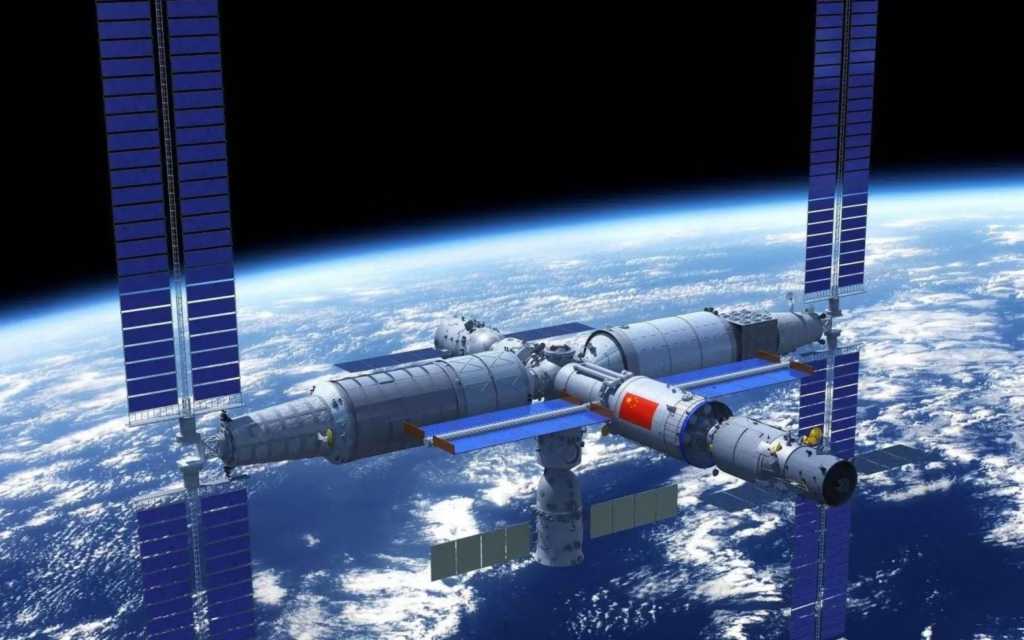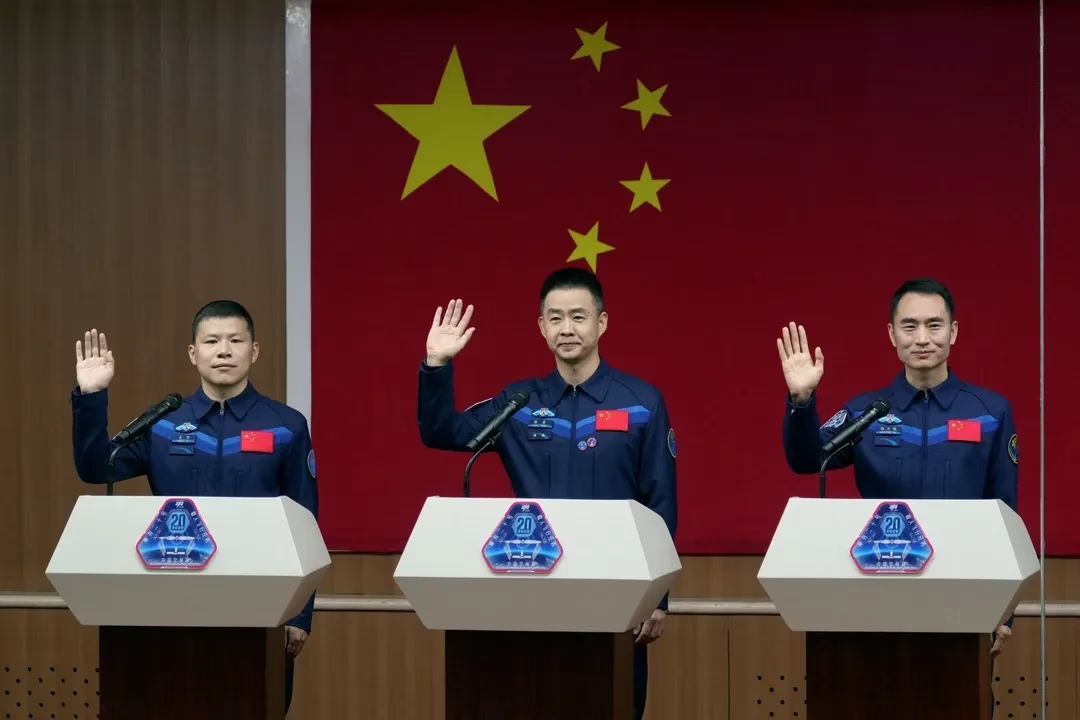
IUQUAN, China — April 24, 2025 — China is set to take another significant step in its space exploration ambitions as final preparations are underway for the launch of the Shenzhou 20 mission, a three-member crew destined to replace the current team aboard the Tiangong space station.
Scheduled for liftoff on Thursday at 5:17 p.m. local time (0917 GMT), the Shenzhou 20 spacecraft will depart from the Jiuquan Satellite Launch Center, located on the edge of the Gobi Desert in northwestern China. The crewed mission is expected to dock with the Tiangong space station approximately 6.5 hours after launch.
Commanding the mission is veteran astronaut Chen Dong, making his third journey into space. He will be joined by newcomers Chen Zhongrui, a former fighter pilot, and Wang Jie, an engineer. The crew will replace the current occupants of Tiangong, who have been on board for 175 days since October last year. A brief handover period will occur before their scheduled return to Earth on April 29.
The Tiangong space station—meaning “Heavenly Palace”—symbolizes China’s rapid advancement in space technology. Entirely developed and operated independently after being excluded from the International Space Station due to U.S. national security concerns, Tiangong has positioned China as a formidable force in the global space arena.
Built and maintained under the control of the People’s Liberation Army, China’s space program has seen major milestones in recent years. Since its first manned mission in 2003, China has landed a rover on Mars, explored the far side of the Moon, and is working toward sending astronauts to the lunar surface by 2030.
The Shenzhou 20 crew is expected to remain aboard the station for six months. During their mission, they will conduct scientific experiments in medicine and advanced technology, as well as carry out spacewalks for station maintenance and equipment installation.
The Tiangong station, which was fully assembled in October 2022, is equipped to host up to six astronauts during crew transitions. Recent upgrades, including the addition of mechanical arms, have sparked concerns among some observers about the potential for these tools to be used in military or anti-satellite operations during times of geopolitical tension.
Despite such concerns, China continues to emphasize the peaceful and scientific nature of its space program, which remains a cornerstone of the country’s long-term strategic goals.



